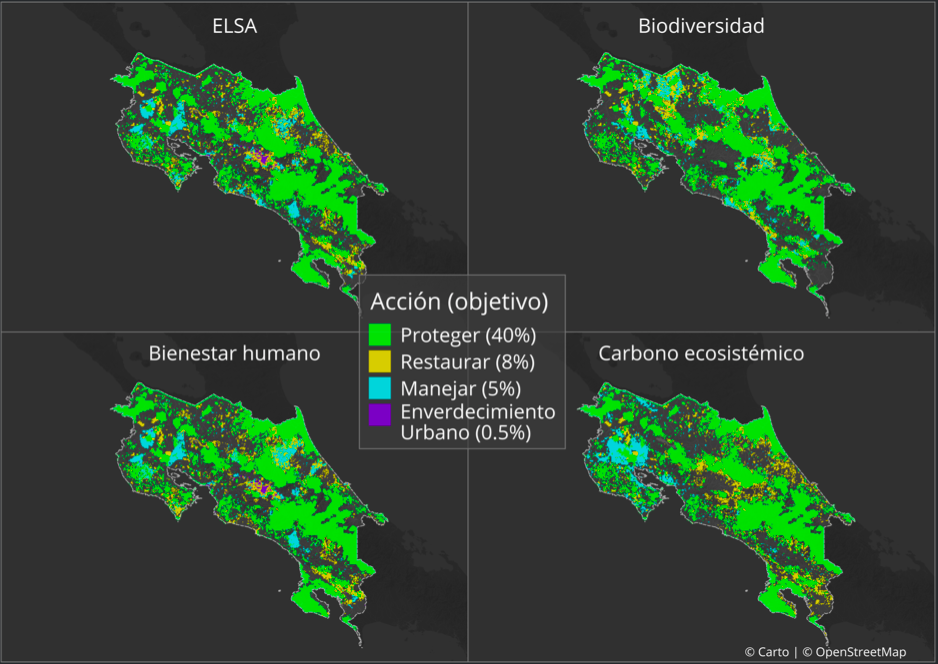This online discussion draws directly from the theme and substance of the UNGA75 high-level panel, opening up the conversation to other affected regions, with a view to documenting nexus experiences as they may inform efforts to address climate-related security risks and the synthesis report takes this theme as its headline.
- What are the main challenges for climate security and peacebuilding in affected regions, from the perspective of the HDP nexus?
- How is climate-security impacting your work and programmes across the HDP nexus? Who are the main actors?
- What solutions are working on the ground? How are they working and why are they successful?
- What else needs to be done and how can we raise the bar together?
|


Welcome to the e-discussion on "Addressing climate-related security risks - a perspective from the HDP nexus". I am delighted to be your moderator until 20 October and in that function will help structure the discussion, engage in the exchange and provide a brief summary highlighting key points discussed by the end of this first of 4 weeks of e-consultation.
This online room draws directly from the theme and substance of the UNGA75 high-level panel, opening up the conversation to other affected regions, with a view to documenting nexus experiences as they may inform efforts to address climate-related security risks.
Please use the 4 guiding questions above as the starting point for your inputs. We are very much looking forward to a constructive and focused exchange.
Berith